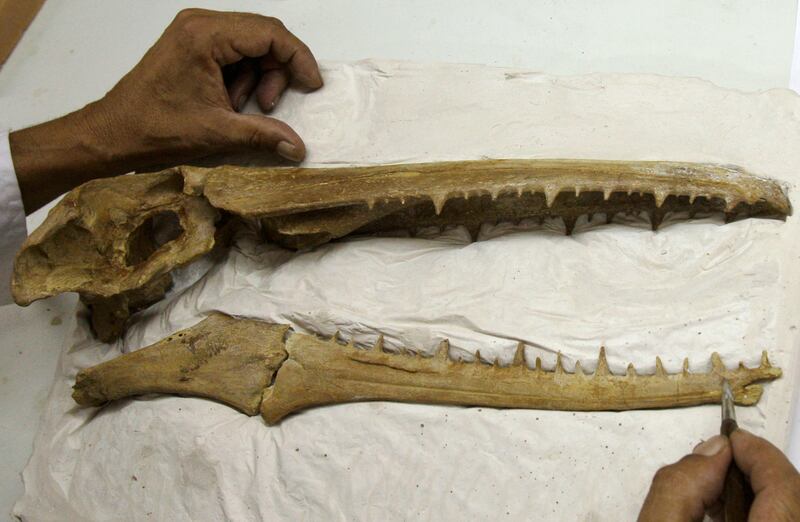Scientists recently revealed details about fossils found in the 1980s, and they are all about a predator that may have been the biggest flying bird of its time.
What’s going on?
Scientists from University of California Riverside traveled to Seymour Island in the Antarctica Peninsula back in the 1980s. They discovered a slew of fossils there.
- Recently, they revealed details of the fossils in the journal Scientific Reports.
More about the birds:
The fossils belonged to a group of predators called pelagornithids, which lived about 60 million years ago.
- The predators were “bony-toothed” birds that had sharp teeth and long beaks.
- The birds had a 21-foot wingspan.
One of the fossils was the largest from the entire extinct group of birds, and another was just as big if not bigger from the group, according to CNN.
- “These Antarctic fossils ... likely represent not only the largest flying birds of the Eocene but also some of the largest volant birds that ever lived,” said the study, according to CNN.
Why it matters
Paleontologists have found fossils from birds throughout the world for a long time. But this new finding hints that “these birds quickly diversified into a range of sizes within six million years of their origin,” according to Smithsonian Magazine.
The existence of these birds also raise questions about whether there were even larger birds out there millions of years ago.


